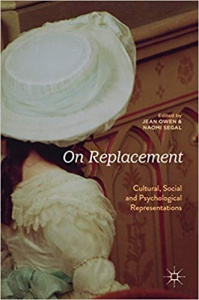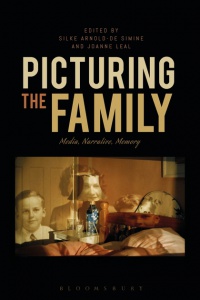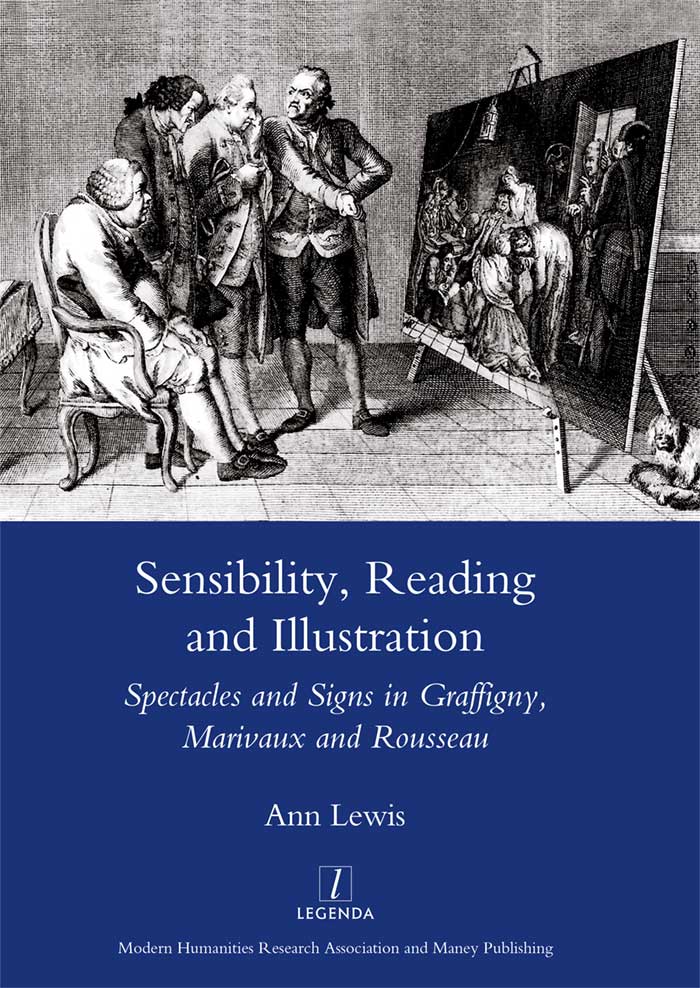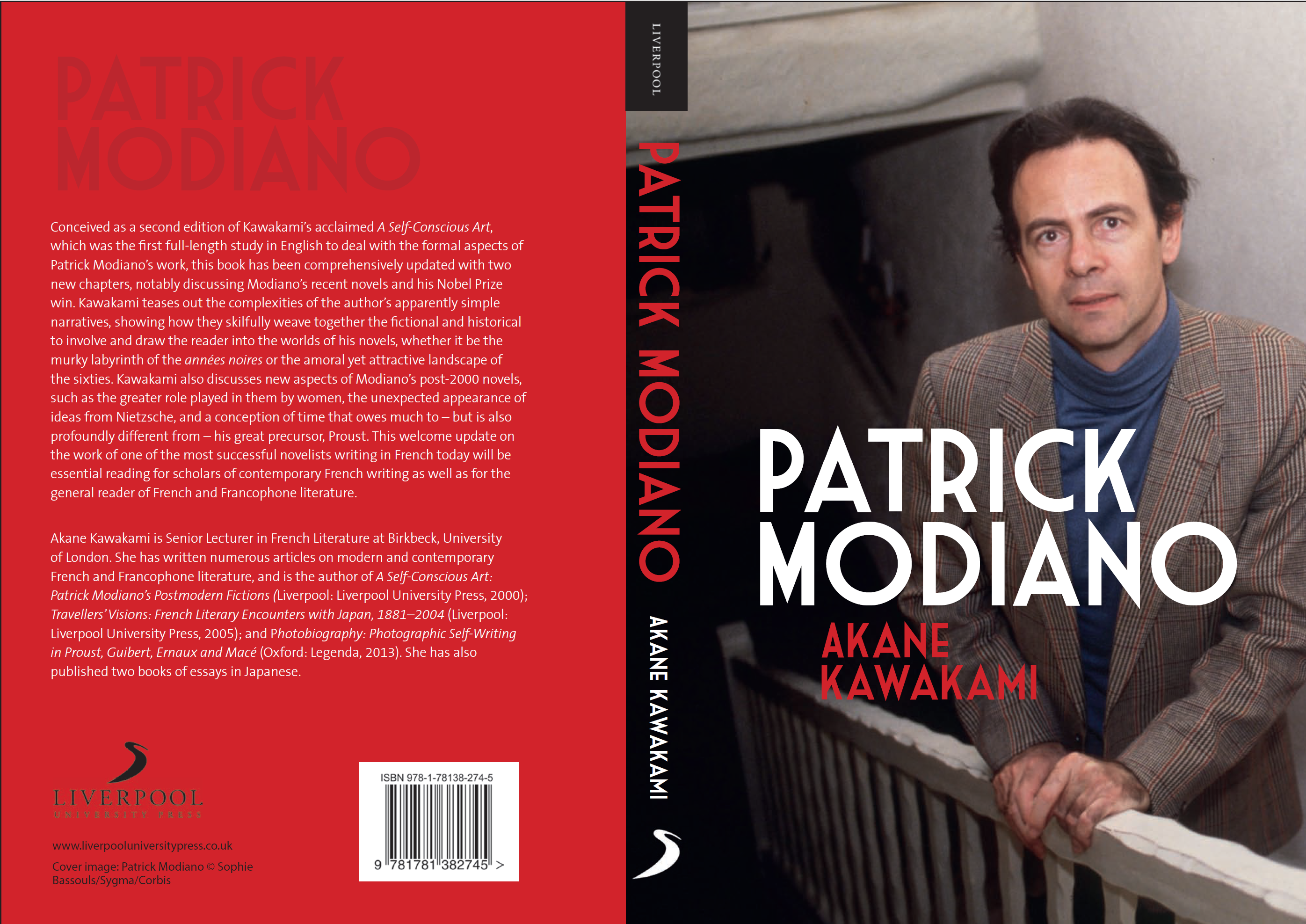Louis-Ferdinand Céline: Journeys to the Extreme (2021) by Damian Catani
Damian Catani’s biography of the controversial French novelist Louis-Ferdinand Céline was published by Reaktion Books in September 2021. Damian Catani is Senior Lecturer in French at Birkbeck, University of London. He is a specialist in 19th- and 20th-century French literature, especially late 19th-century poetry and the relationship between literature and ethics. His other published books are The Poet in Society: Art Consumerism and Politics in Mallarmé (2003), and Evil: A History in Modern French Literature and Thought (2013).
Adapting the Canon: Mediation, Visualization, Interpretation, ed. by Ann Lewis and Silke Arnold-de Simine (Legenda, 2020) – now out in paperback.
Adapting the Canon is a collection of essays edited by Ann Lewis and Silke Arnold-de Simine. It brings together some of the most recent and exciting research in the growing field of adaptation studies, charting the passage of canonical texts across time, cultures and different media with a focus on questions of intermediality and cultural memory. Spanning several Humanities disciplines, the essays in this volume explore key questions about what adaptation means for the canonical work, focusing on texts adapted to and from English, French, German, Dutch, and Italian, from the medieval world to the twenty-first century. Adaptation is much more than the process by which great novels become films. In this rich selection of case studies, canonical figures such as Shakespeare, Voltaire, Kafka, Pound, Villon, Hugo, Zola, Robert Louis Stevenson and Jane Austen are reimagined in a range of media which has never been so broad as today, from comics, theatre, radio and television to the smartphone.
Link to introduction (on BIRON): https://eprints.bbk.ac.uk/id/eprint/47391/
On Replacement
Cultural, Social and Psychological Representations (Palgrave, 2018)
edited by Naomi Segal and Jean Owen
 This book is an interdisciplinary study of the human drama of replacement. Is one’s irreplaceability dependent on surrounding oneself by a replication of others? Is love intrinsically repetitious or built on a fantasy of uniqueness? The sense that a person’s value is blotted out if someone takes their place can be seen in the serial monogamy of our age and in the lives of ‘replacement children’ – children born into a family that has recently lost a child, whom they may even be named after. The book investigates various forms of replacement, including AI and doubling, incest and bedtricks, imposters and revenants, human rights and ‘surrogacy’, and intertextuality and adaptation. The authors highlight the emotions of betrayal, jealousy and desire both within and across generations. On Replacement consists of 24 essays divided into seven sections: What is replacement?, Law & society, Wayward women, Lost children, Replacement films, The Holocaustand Psychoanalysis. The book will appeal to anyone engaged in reading cultural and social representations of replacement.
This book is an interdisciplinary study of the human drama of replacement. Is one’s irreplaceability dependent on surrounding oneself by a replication of others? Is love intrinsically repetitious or built on a fantasy of uniqueness? The sense that a person’s value is blotted out if someone takes their place can be seen in the serial monogamy of our age and in the lives of ‘replacement children’ – children born into a family that has recently lost a child, whom they may even be named after. The book investigates various forms of replacement, including AI and doubling, incest and bedtricks, imposters and revenants, human rights and ‘surrogacy’, and intertextuality and adaptation. The authors highlight the emotions of betrayal, jealousy and desire both within and across generations. On Replacement consists of 24 essays divided into seven sections: What is replacement?, Law & society, Wayward women, Lost children, Replacement films, The Holocaustand Psychoanalysis. The book will appeal to anyone engaged in reading cultural and social representations of replacement.
Picturing the Family
Media, Narrative, Memory (Bloomsbury, 2018)
edited by Silke Arnold-de Simine and Joanne Leal, Birkbeck, University of London
 Whether pasted into an album, framed or shared on social media, the family photograph simultaneously offers a private and public insight into the identity and past of its subject. Long considered a model for understanding individual identity, the idea of the family has increasingly formed the basis for exploring collective pasts and cultural memory. Picturing the Family investigates how visual representations of the family reveal both personal and shared histories, evaluating the testimonial and social value of photography and film.
Whether pasted into an album, framed or shared on social media, the family photograph simultaneously offers a private and public insight into the identity and past of its subject. Long considered a model for understanding individual identity, the idea of the family has increasingly formed the basis for exploring collective pasts and cultural memory. Picturing the Family investigates how visual representations of the family reveal both personal and shared histories, evaluating the testimonial and social value of photography and film.
Combining academic and creative, practice-based approaches, this collection of essays introduces a dialogue between scholars and artists working at the intersection between family, memory and visual media. Many of the authors are both researchers and practitioners, whose chapters engage with their own work and that of others, informed by critical frameworks. From the act of revisiting old, personal photographs to the sale of family albums through internet auction, the twelve chapters each present a different collection of photographs or artwork as case studies for understanding how these visual representations of the family perform memory and identity. Building on extensive research into family photographs and memory, the book considers the implications of new cultural forms for how the family is perceived and how we relate to the past. While focusing on the forms of visual representation, above all photographs, the authors also reflect on the contextualization and ‘remediation’ of photography in albums, films, museums and online.
Flaubert, Beckett, NDiaye
The Aesthetics, Emotions and Politics of Failure (Brill, 2017)
edited by Andrew Asibong, Birkbeck, University of London, and Aude Campmas, University of Southampton
Patrick Modiano (Liverpool: Liverpool University Press, 2015), by Akane Kawakami
Sensibility, Reading and Illustration: Spectacles and Signs in Graffign, Marivaux and Rousseau, by Ann Lewis (Legenda, 2009)
Eighteenth-century ‘sensibilité’ has always been controversial. In fact, the term itself refers to complex forms of physical and emotional responsiveness, and Lewis’s study investigates the fictional exploration of various key problems of sentimental response. These are analysed in conjunction with some of the actual (often emotional) reactions that the term, its fictions and images have provoked through time, including an indispensable survey of the varying construction of ‘sensibilité’ as an object of study. Lewis provides a new reading of the theme of sensibility by analysing the ‘textual images’ in three best-selling novels from the mid-century: Graffigny’s Lettres d’une Péruvienne, Marivaux’s La Vie de Marianne and Rousseau’s Julie, ou La Nouvelle Héloïse. The examination of a largely neglected corpus of illustrations, understood as readings of each text, provides striking new evidence of the complexity, thematic richness and duplicity of these ‘spectacles’ and ‘signs’.

